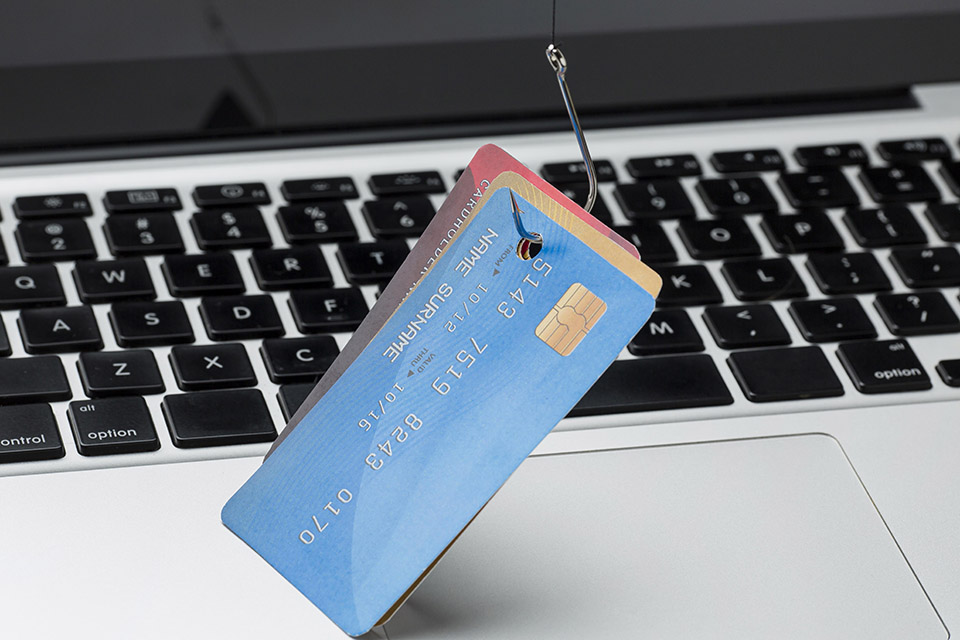A secure checkout process is critical for any e-commerce business. It protects customer data, builds trust, and ensures compliance with industry standards. Here are seven essential security measures to safeguard your checkout process and keep your customers' information safe.
1. Ensure PCI Compliance for Your Servers
The Payment Card Industry Data Security Standard (PCI DSS) is a set of requirements designed to protect cardholder data. At Shopwhizzy, our servers are fully PCI compliant, ensuring that your customers’ payment information is handled with the highest security standards. This involves securing our network, encrypting sensitive data, and regularly monitoring and testing our systems. By maintaining PCI compliance, we reduce the risk of data breaches and provide peace of mind for both you and your customers.
2. Implement Two-Factor Authentication (2FA)
Two-factor authentication (2FA) adds an extra layer of security by requiring users to verify their identity through a second method, such as a code sent to their phone or email, in addition to their password. For Magento 2, enabling 2FA is straightforward:
- Install a 2FA Extension: Use a trusted Magento 2 extension like Amasty Two-Factor Authentication or Mageplaza Two-Factor Authentication from the Magento Marketplace.
- Configure the Extension: In your Magento 2 admin panel, navigate to Stores > Configuration > Security > Two-Factor Authentication. Enable 2FA and choose your preferred method (e.g., Google Authenticator, Authy, or email).
- Enforce for Admins and Customers: Require 2FA for admin accounts and offer it as an option for customer accounts, especially for high-value transactions or account changes.
- Test the Setup: Log in with 2FA enabled to ensure it works seamlessly.
Enabling 2FA significantly reduces the risk of unauthorized access to your checkout system.
3. Avoid Static Blocks at Checkout
Static blocks, such as hardcoded HTML or JavaScript, are a prime target for the latest exploits. A bad actor with admin access could easily inject malicious code into static blocks at checkout, stealing customer data or redirecting payments. To mitigate this, use dynamic content management systems and restrict admin access to checkout page configurations. Regularly audit your checkout codebase to ensure no unauthorized changes have been made, as recent attacks have increasingly focused on exploiting static blocks.
4. Keep Magento (or Your Platform) Up to Date
Staying on top of software upgrades is crucial for any e-commerce platform. Magento updates often include security patches that address vulnerabilities exploited by hackers. For Magento users, promptly applying the latest patches and upgrading to supported versions ensures your checkout process remains secure. Shopwhizzy can help you stay current with seamless upgrades—visit our Support and Maintenance Services for expert assistance. Set up a schedule for regular updates and test them in a staging environment to avoid disruptions.
5. Use End-to-End Encryption
Encrypting data from the moment a customer enters their payment details until it reaches your servers is essential. Implement SSL/TLS certificates to secure data in transit and use strong encryption standards (like AES-256) for data at rest. This ensures that even if data is intercepted, it remains unreadable to unauthorized parties. Display trust signals, like a padlock icon or "Secure Checkout" badge, to reassure customers.
6. Monitor and Log Checkout Activity
Real-time monitoring and logging of checkout activity can help detect and respond to suspicious behavior quickly. Consider purchasing a Magento module like Amasty Admin Actions Log or Magefan Admin User Activity Log to track admin and checkout activities effectively. Set up alerts for unusual patterns, such as multiple failed payment attempts or sudden spikes in traffic from unfamiliar regions. Use tools like intrusion detection systems to identify potential threats before they escalate.
7. Conduct Regular Security Audits and Penetration Testing
Proactively identifying vulnerabilities in your checkout process is key to staying ahead of attackers. Schedule regular security audits to assess your platform’s compliance with best practices and industry standards. Conduct penetration testing to simulate real-world attacks and uncover weaknesses. At Shopwhizzy, we are proud partners with Sansec, and our servers are scanned daily against major e-commerce hacking techniques to ensure robust protection. Additionally, use tools like Hotjar to monitor user activity and identify unusual patterns, such as difficulties during payment, which could indicate checkout vulnerabilities or user experience issues. Address any findings promptly to ensure your checkout remains secure.
Conclusion
Securing your e-commerce checkout is an ongoing process that requires vigilance and a multi-layered approach. By leveraging Shopwhizzy’s PCI-compliant servers, enabling 2FA in Magento 2, avoiding static blocks, staying updated with Shopwhizzy’s support, using encryption, monitoring with tools like Amasty or Magefan, and auditing with Hotjar, you can protect your customers and your business from cyber threats. Prioritize these measures to build a checkout process that’s both secure and user-friendly.


